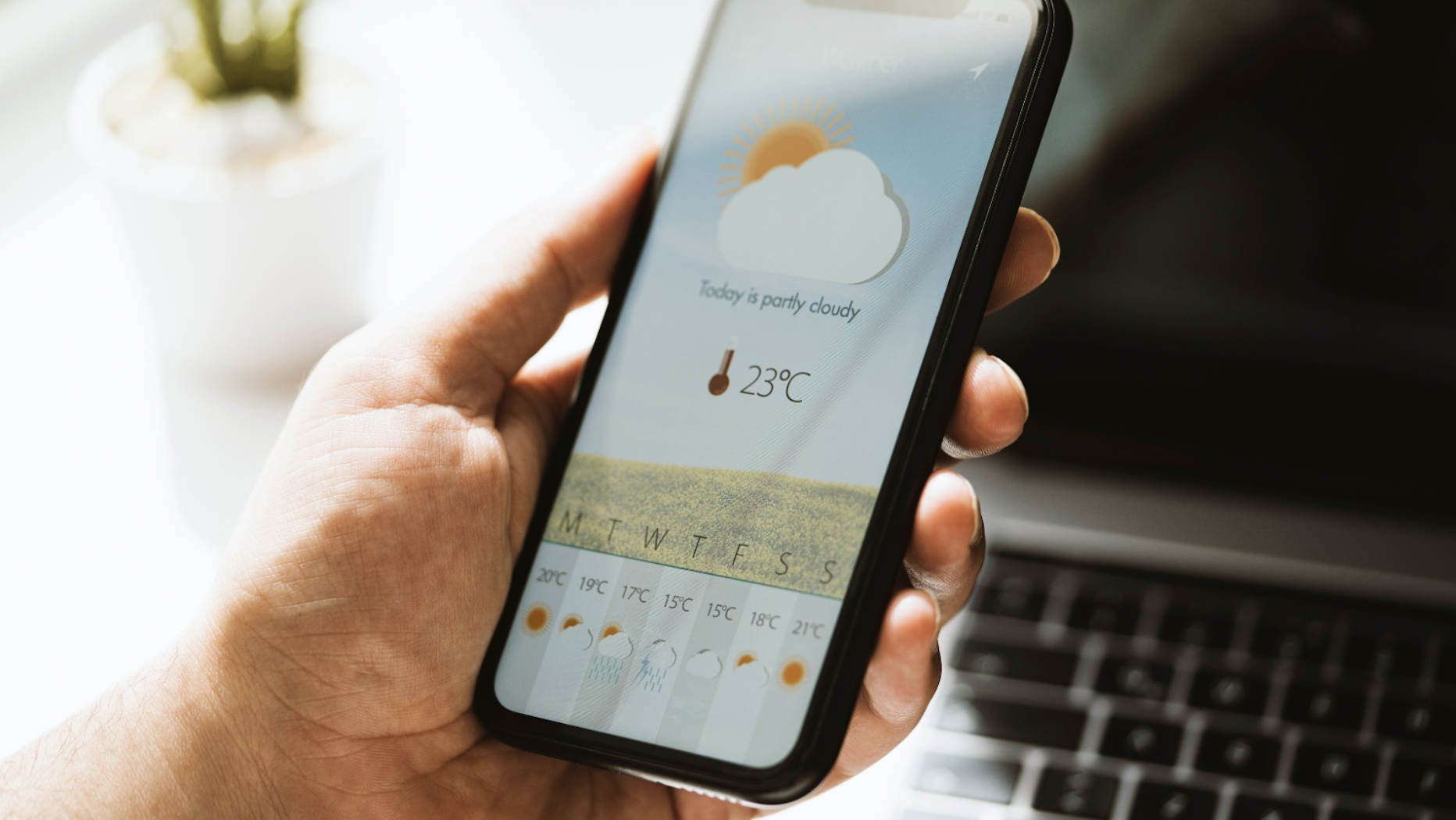
In an age where data reigns supreme, harnessing the power of historical weather data has become indispensable. Whether you are planning a trip, optimizing energy consumption, or conducting research, having access to accurate historical weather information is crucial. Thanks to the advent of technology, we now have Historical Weather Data APIs at our disposal, providing easy access to a treasure trove of climate records. In this article, we will explore how to make the most of Historical Historical Weather data, enabling you to turn the past climate data into actionable insights.
Understanding the Historical Weather Data API
Historical Weather Data APIs are application programming interfaces that offer access to a vast database of past weather information. These APIs source their data from various meteorological agencies, research institutions, and historical records, providing a comprehensive view of weather conditions from years gone by.
One of the primary advantages of using such APIs is the convenience they offer. Instead of sifting through archives or relying on limited historical records, developers, researchers, and enthusiasts can now access precise weather data with a few lines of code.
Choosing the Right Historical Weather Data API
Before diving into the practical aspects of using a Historical Weather Data API, it's essential to select the right one for your needs. Several providers offer access to historical weather data, each with its unique features, coverage, and pricing models. Some popular options include OpenWeatherMap, Weatherbit, and Climacell (now Tomorrow.io).
Consider factors such as data accuracy, historical depth, geographical coverage, and ease of integration when choosing an API. Additionally, pay attention to the API's documentation and support, as these can significantly impact your development process.
Accessing Historical Weather Data
Once you have chosen a suitable Historical Weather Data API, it's time to access the data. Most APIs require users to sign up and obtain an API key, which is a unique identifier used to authenticate requests. This key ensures that the API provider can monitor usage and control access.
To access historical weather data, you typically need to make HTTP requests to the API endpoint, providing specific parameters such as location, date range, and data type (e.g., temperature, precipitation, wind speed). The API then responds with the requested historical weather data in a structured format, such as JSON or XML.
Using Historical Weather Data for Informed Decisions
Now that you have access to historical weather data, let's explore some practical applications:
- Travel Planning: When planning a vacation or business trip, historical weather data can help you make informed decisions. You can check the historical climate conditions for your destination during your travel dates, allowing you to pack appropriately and plan activities accordingly.
- Energy Optimization: For businesses and homeowners, understanding past weather patterns is vital for optimizing energy consumption. By analyzing historical weather data, you can adjust heating and cooling systems to minimize energy costs.
- Agriculture: Farmers can benefit from historical weather data to make planting and harvesting decisions. Knowing the historical rainfall and temperature trends for a region helps in crop selection and timing.
- Research and Analysis: Meteorologists, researchers, and climate scientists rely on historical weather data to study climate trends, track extreme weather events, and make projections for the future.
- Insurance and Risk Assessment: Insurance companies use historical weather data to assess risks associated with weather-related claims. Understanding past weather patterns helps in setting appropriate premiums and policies.
Conclusion
Historical Weather Data APIs are invaluable tools for accessing and utilizing past climate information. They empower individuals, businesses, and researchers to make data-driven decisions that can have far-reaching impacts. By choosing the right API, accessing data, and integrating it into your applications, you can leverage historical weather data to enhance planning, analysis, and decision-making processes. So, whether you're a traveler, a farmer, or a developer, consider harnessing the power of Historical Weather Data APIs to unlock the secrets of the past and make more informed choices in the present.
In a world where information is key, Historical Weather Data APIs open the door to a wealth of knowledge about our planet's climate, enabling us to better understand and adapt to the ever-changing weather patterns. So, embrace the past, use the data, and let the public Weather api be your gateway to a more informed future.

No comments yet